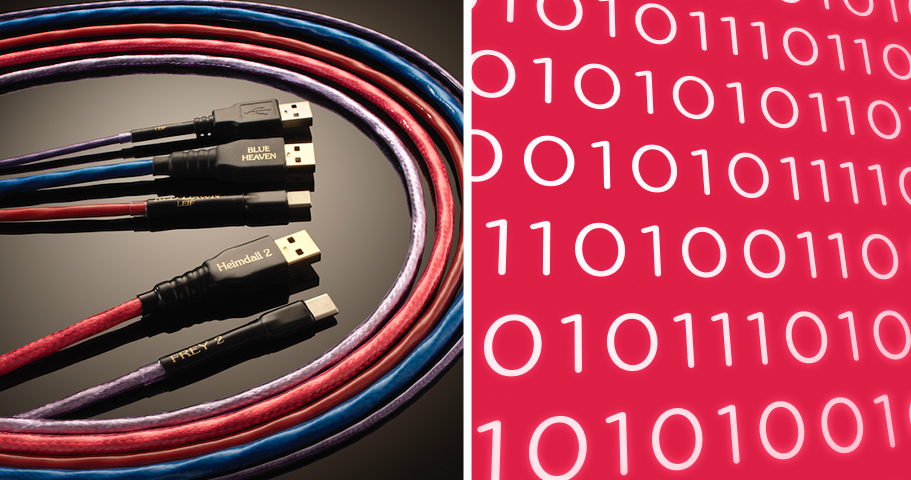
When you’re looking for a digital interface, cable design is of the utmost importance, but what aspects of cable design matter, and how do they affect the performance of your digital cable? There are several electrical characteristics to consider, the top four being: characteristic impedance, capacitance, shielding and transmission speed.
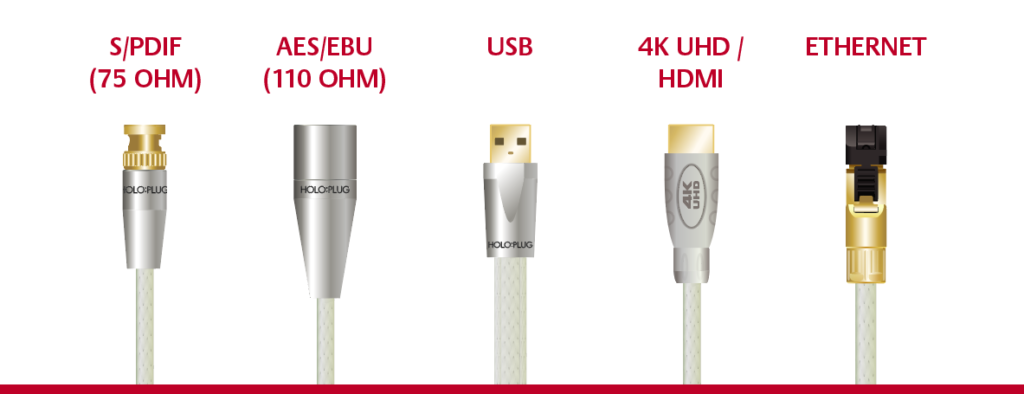
Characteristic Impedance:
When speaking about the impedance characteristic of a digital signal, it is important to note that, while you may want to focus on the cable alone, the transmission line of a digital signal starts where the RF signal is generated inside the digital source and ends where the signal is decoded inside the digital receiver. However, for the cable alone, the impedance characteristic is defined as the ratio of voltage to current at the input to an infinite transmission line. The stability of the impedance characteristic depends on several design aspects of the cable, including conductor size and geometry, insulation material and the thickness of that insulation, and connector quality and type (75 Ω for S/PDIF, 110 Ω for AES/EBU, 90 Ω for USB, and 100 Ω for UTP Ethernet cables).
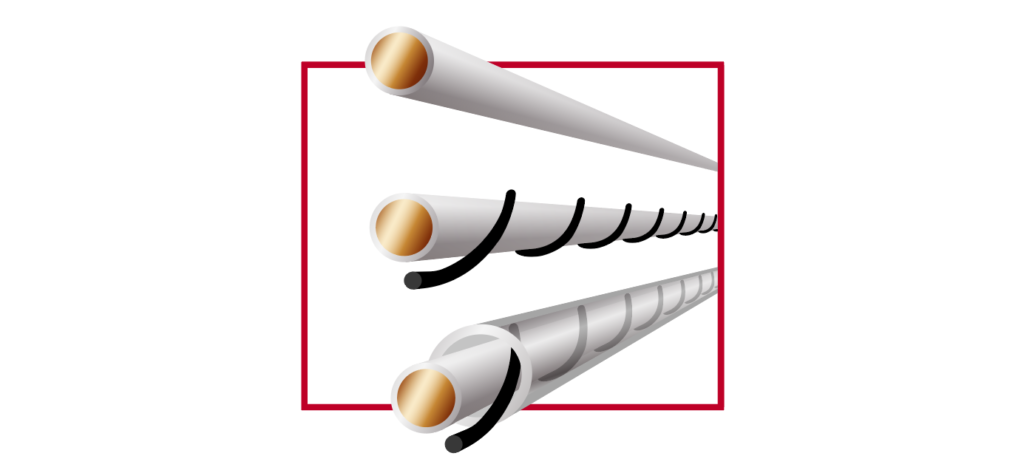
Capacitance:
In digital cables, high capacitance of a cable will slow down voltage transitions, causing an unevenness to the flat portions of a square wave. When this happens, the D/A receiver on the other end of the signal will have a harder time identifying the data transmission. Many aspects of cable design that help to minimize capacitance are the same aspects that affect the impedance: decreasing the conductor diameter, changing the conductor geometry, and using insulation with a low dielectric constant. The art of designing a high-quality digital cable is finding the balance between what needs to be done to keep capacitance low and avoiding negative impact on the characteristic impedance of the cable.
To keep capacitance low, Nordost implements their proprietary Mono-Filament technology in their digital cable design. By intricately and uniformly wrapping single or twisted pairs of FEP Mono-Filament around each conductor before encasing them in an extruded layer of high-quality FEP, each conductor is surrounded by its own air dielectric. In decreasing the interaction of the conductor to the insulation, the signal is no longer hampered like it is in more traditional digital cable designs.
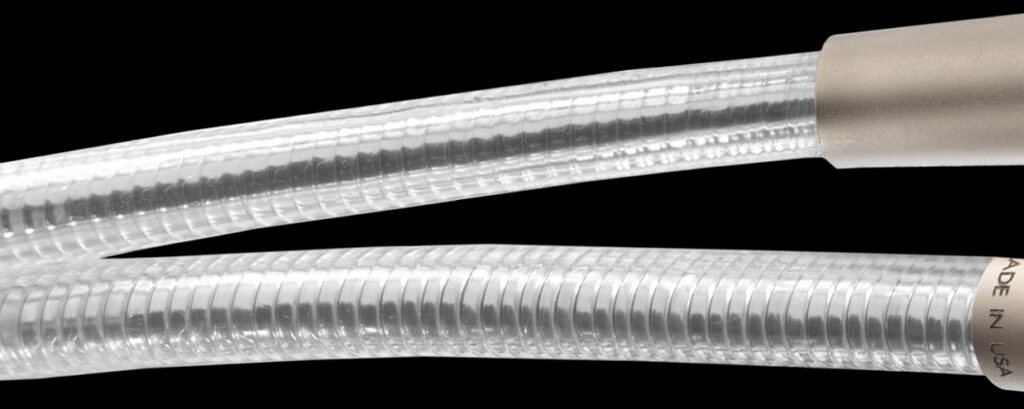
Shielding:
Whereas in analog interconnects shielding is used only to keep foreign elements away from the signal, in digital transmission, shielding both keeps external radio frequencies and electromagnetic interference away as well as keeping RF signals inside of the cable itself. When designing a digital cable, one important thing to keep in mind is the compatibility of the specialized connectors with the shielding material, as that will determine how manufacturers implement the shielding into the design.
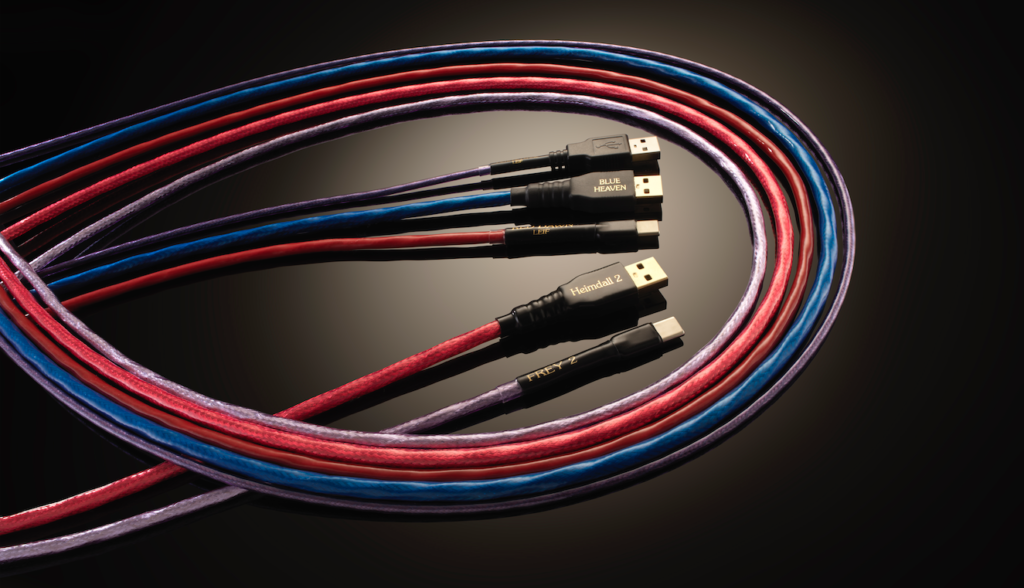
Transmission Speeds:
While fast transmission speeds are always sought after in cable design, for some digital cables it is absolutely essential. USB cables, for example, must perform a digital handshake (where the signal travels from source to destination and then back in 26 nanoseconds) to work. When using a conventional design, that handshake is only possible at short lengths. Nordost USB cables, on the other hand, employ Mono-Filament technology, enhancing signal speeds so much that we are able to build cables twice the length of a standard USB cable or longer, and still achieve a reliable handshake.
For more information like this, to better understand the technical challenges of digital audio data transmission, and to know what to listen for when auditioning digital audio cables read our download, Digital Audio Cables: How Can They Make a Difference?, now!

